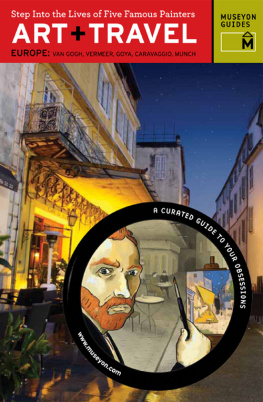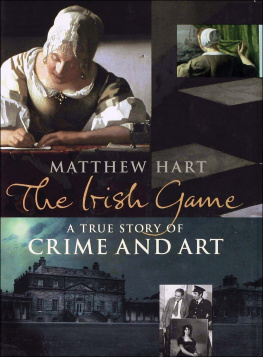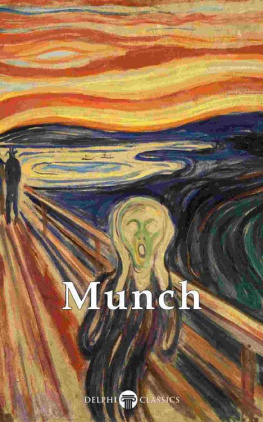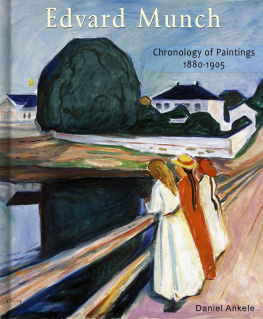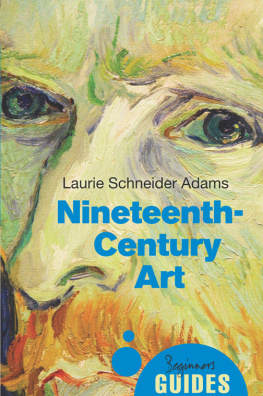All rights reserved. No part of this publication may be reproduced, stored in a retrieval system, or transmitted in any form or by any means, electronic, mechanical, photocopying, recording, or otherwise, without the prior written permission of the Publisher and copyright holders.
All notations of errors or omissions (author inquiries, permissions) concerning the content of this book should be addressed to .
EDVARD MUNCH
18631944
E dvard Munch is associated with the international development of Symbolism during the 1890s. Symbolism, as opposed to Realism, uses mythological and dream imagery to express intensely personal, private, obscure, and ambiguous references, and is viewed as a precursor to Expressionism. Munchs career is effectively divided into two periods: the periods before and after his mental breakdown in 1908. Prior to his psychiatric treatment and rehabilitation, the underlying theme of his work is darkness and sadness as well as overt, aggressive sexuality. After his breakdown, however, when he had returned to Norway after two decades in France and Germany, his work took a more positive turn in theme and subject.
Munchs work is now being revisited in a modern context and his risqu streak no longer clouds the interpretation of his talent and artistic genius. In recent years Munch has begun to be truly appreciated by the public. Perhaps the most (if only) well-known work associated with Munch is The Scream, a series of four similar works, comprising two pastels and two oils. In May 2012 one of the pastel versions of The Scream, created in 1895, sold at auction for $119.9 million. This version was the most colorful of the four and thus quite valuable because of Munchs emphasis on conveying emotion through color. Nevertheless, the art world was caught off guard, prompting a re-evaluation of Munchs importance.
Munch was born in Loten, Norway, in 1863, two years after his parents had married. Munch had four siblings: Johanne Sophie, who was older than Edvard, and Andreas, Laura, and Inger, who were all younger. A year after his birth, Munchs family moved from Loten to Kristianiatoday known as Oslobecause his father, a military doctor, was given a new posting. When he was five years old his mother died of tuberculosis. His sister Johanne died of the same disease nine years later. Munch was greatly affected by their deaths, especially that of his older sister, to whom he felt very close. His grief at losing both mother and sister greatly influenced his art, often imbuing it with palpable despair.
After Munchs mother died, her sister Karen helped his father, Christian, raise the children. Munch was a sickly child, especially during the cold months, and spent much time out of school. These many days of recuperation provided him an opportunity to draw, sparking his interest in art. His father, who placed great stock in a good education, taught his son the lessons of history and encouraged him to read the great tomes of literature. One of his fathers favorite authors was Edgar Allen Poe, whose ghostly tales encouraged a morbid streak that much of Munchs mature work embodied. His fathers infatuation with Poe may be explained, according to Munchs biographer Sue Prideaux, by Munchs belief that from [my father] I inherited the seeds of madness. The angels of fear, sorrow, and death stood by my side since the day I was born. Further compounding his sons emotional vulnerability, Munchs father would reprimand Munch and his siblings by claiming that their mother was looking down from heaven in sadness over their childish behavior. Munch suffered from terrible nightmares as a child and well into adulthood. Furthermore, his sickly nature likely caused him to ponder death from an early age.
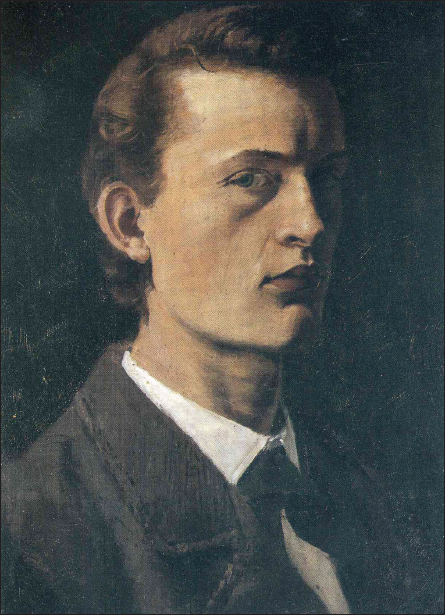
Self-portrait, 1882, 26 x 18.5 cm, Oil on board The Munch Museum, Oslo, Norway
In 1879, at the age of 16, Munch began his college studies, seeking a degree in engineering. A very good student, he did especially well in physics, chemistry, and math. But after a year, Munch abandoned his studies to pursue his dream of being an artist. Munchs decision was not supported by his father, who had hoped his son would choose a higher-paid profession. He did not wish for his son the same struggles he had in rearing his family on a meager military wage. Munchs fathers belief that art was unholy further compounded his disappointment in his son. Nevertheless, Munch forged ahead, avowing his singular goal in art was to depict his own experience and interpretation of life.
Within a couple of years, Munch was studying at the Royal School of Art and Design in Kristiania. He was especially gifted in figure drawing, and his medium of choice was oil. Oil paints have long been a favorite of artists because the colors are rich and the pigment dries slowly, allowing the artist to re-work the canvas until fully satisfied with the result. Munchs early work reflected the styles of the Naturalistic and Impressionist movements, which were popular at the time. Critics have often compared Munchs early style to that of Manet, and just as the public was often shocked at and dismissive of Manets early work, so too were they with Munchs. The criticism only increased Munchs fathers disdain for his sons choice of profession and eventually he withdrew his financial support.
Munchs friends primarily ascribed to a Bohemian way of life and were often down-on-their-luck artistic types who drank excessively and viewed the world in a nihilistic fashion. These influences worsened Munchs innate morbidness, and he began to drink excessively in an attempt to cope with his numerous fears and self-doubts. Regardless of his social community, Munch never succumbed to a truly Bohemian lifestyle and tended to maintain a distance from the most outr behavior of his compatriots.
During the 1880s and 1890s, Munch was searching for his unique artistic style. Throughout these two decades, his brushstrokes and color choices varied greatly, describing his journey toward self-definition. His style vacillated between Naturalism and Expressionism until his work began to depict more directly his inner turmoil and emotional upheaval. Munch expressed his feelings by using strong, heavy outlines, simplified forms, and contrasting colors.
Some art critics consider this period in Munchs career as having been technically influenced by Post-Impressionism, yet his work was too strongly inspired by Symbolism to accurately be labeled as Post-Impressionist. In other words, Munchs work was more focused on the interior versus the exterior, that is, on intangible thoughts and feelings versus tangible objects. In 1889, Munch held his first individual show, displaying almost all of the paintings he had so far produced. Contrary to the past reception of his work, he received positive responses from the public and the critics. As a result, he was awarded a two-year scholarship to study in Paris under the renowned painter Lon Bonnat.
In Paris, Munch lived with other Norwegian art students. His mornings were spent in the studio, painting from live models, and in the afternoon he explored the citys wealth of art exhibitions, galleries, and museums, all of which provided Munch with a copious amount of artistic inspiration. As fate would have it, Munchs arrival in Paris coincided with the 1889 Worlds Fair (Exposition Universelle), which attracted even more artists and intellectuals than normal to the epicenter of the art world. He was enthused by the entire experience.

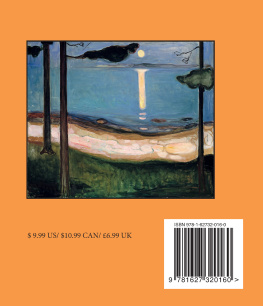

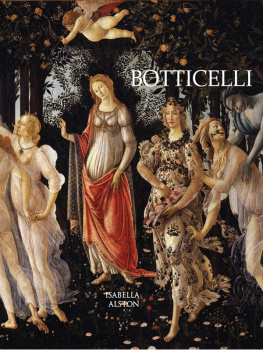
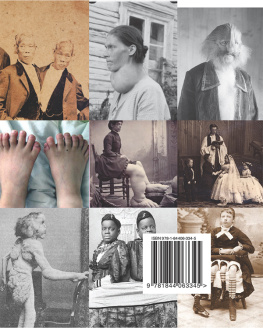

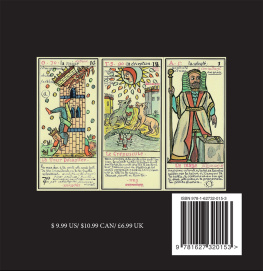
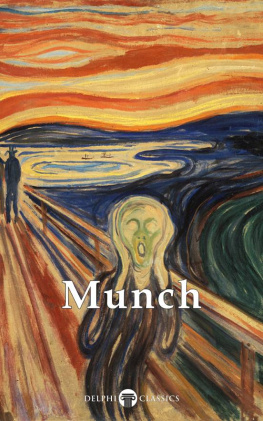
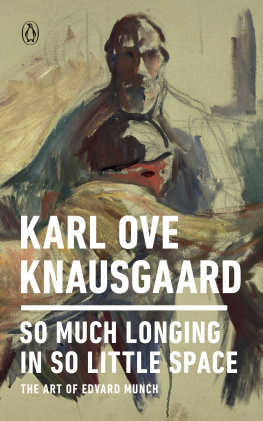
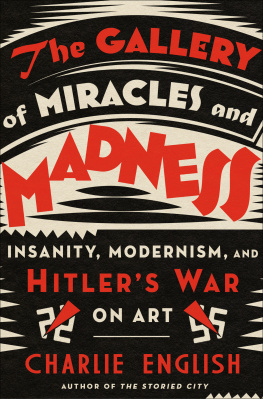
![Scholtz - Munch: [#trendygoodfood]](/uploads/posts/book/234356/thumbs/scholtz-munch-trendygoodfood.jpg)
